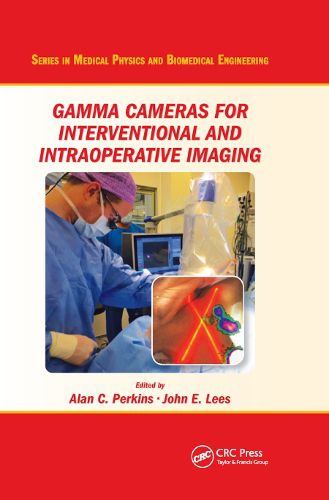Readings Newsletter
Become a Readings Member to make your shopping experience even easier.
Sign in or sign up for free!
You’re not far away from qualifying for FREE standard shipping within Australia
You’ve qualified for FREE standard shipping within Australia
The cart is loading…






Gamma cameras are traditionally large devices that are situated in nuclear medicine departments, but recent advances in detector design have enabled the production of compact gamma cameras that allow nuclear imaging at the patient bedside and in the operating theatre. Gamma Cameras for Interventional and Intraoperative Imaging is the first book to cover this new area of imaging, and provides a unique insight into the experimental and clinical use of small field of view gamma cameras in hospitals.
This book explores advances in the design and operation of compact gamma cameras and conducts a thorough review of current SFOV systems, before exploring the clinical applications of the technology. It is an essential reference for surgeons, operating theatre staff, clinical scientists (medical physicists), technologists, nuclear physicians and radiologists whose patients could benefit from this technology.
$9.00 standard shipping within Australia
FREE standard shipping within Australia for orders over $100.00
Express & International shipping calculated at checkout
Gamma cameras are traditionally large devices that are situated in nuclear medicine departments, but recent advances in detector design have enabled the production of compact gamma cameras that allow nuclear imaging at the patient bedside and in the operating theatre. Gamma Cameras for Interventional and Intraoperative Imaging is the first book to cover this new area of imaging, and provides a unique insight into the experimental and clinical use of small field of view gamma cameras in hospitals.
This book explores advances in the design and operation of compact gamma cameras and conducts a thorough review of current SFOV systems, before exploring the clinical applications of the technology. It is an essential reference for surgeons, operating theatre staff, clinical scientists (medical physicists), technologists, nuclear physicians and radiologists whose patients could benefit from this technology.